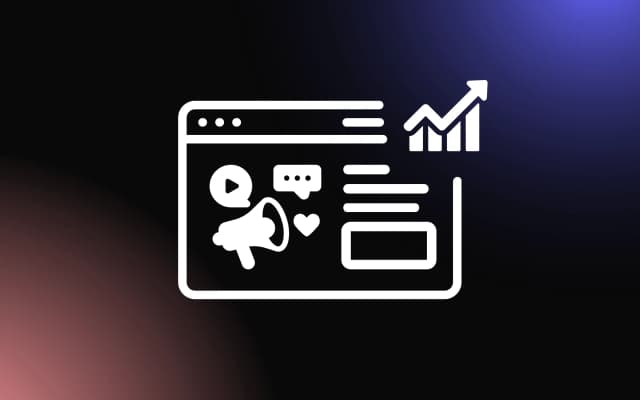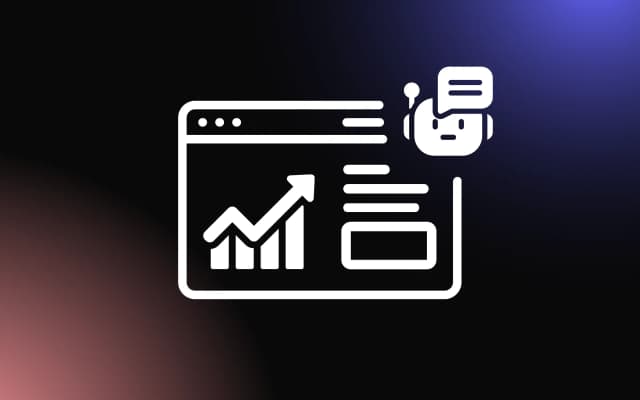
GIFs have become a staple in modern web design, offering a dynamic way to capture attention and convey information quickly. Their ability to animate short loops makes them perfect for adding a touch of personality and engagement to websites.
However, integrating GIFs effectively requires an understanding of their impact on user experience and site performance.
This article will explore the role of GIFs in modern web design, highlighting their benefits in enhancing user engagement and providing best practices for their implementation.
Introduction to GIFs in Web Design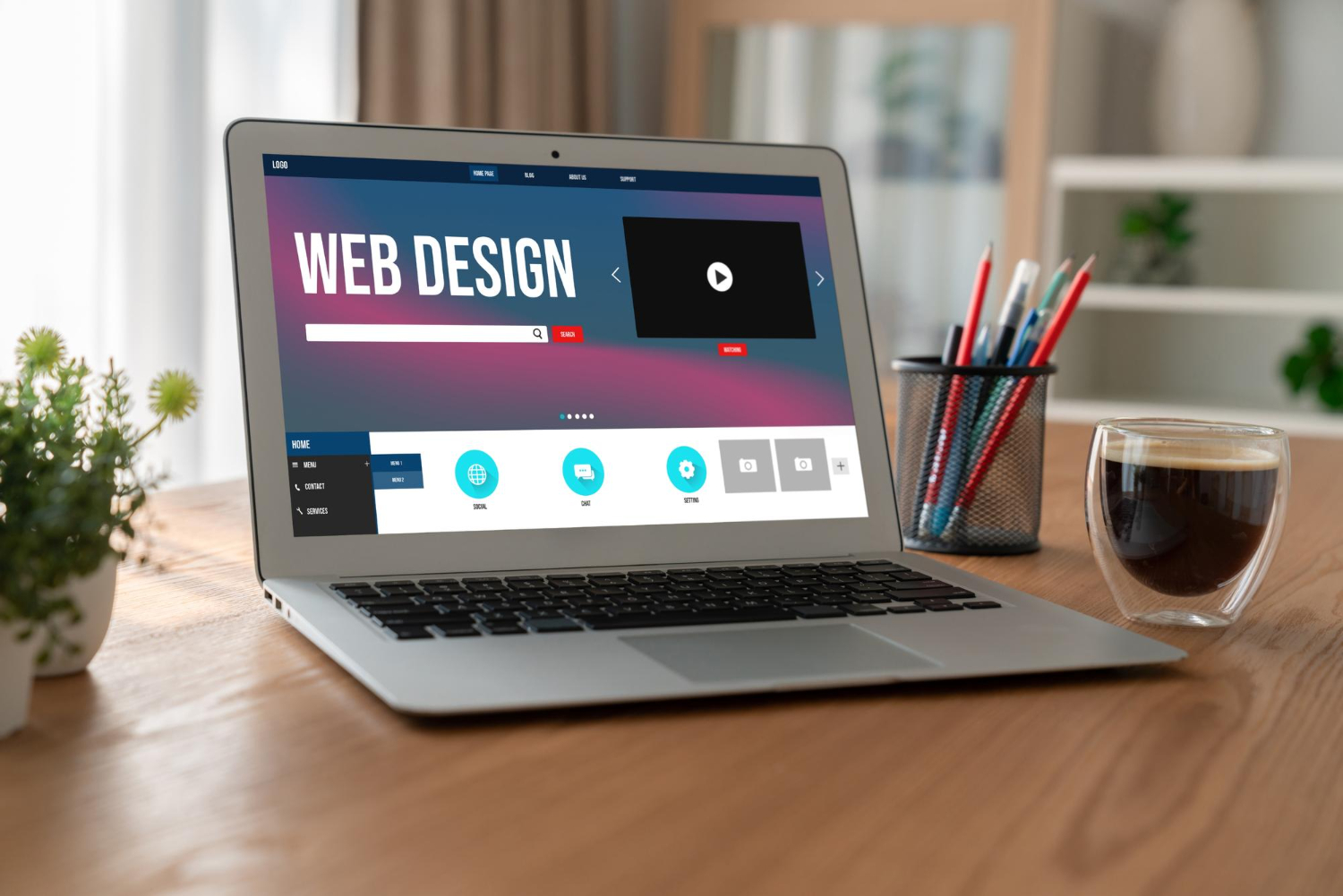
GIFs, or Graphics Interchange Format files, have become a popular tool in web design due to their versatility and expressive potential.
What Are GIFs?
GIFs are a type of image file that supports both static and animated images. They are unique because they allow for multiple frames to be encoded into a single file, resulting in a looping animation that requires no user interaction to play.
This makes them highly effective for adding motion and visual interest to web pages without significantly increasing load times.
Historical Use in Web Interfaces
Historically, GIFs have been used in web interfaces to attract attention and enhance user engagement. In the early days of the internet, they were often employed as flashy, decorative elements like banners or buttons. Over time, their use has evolved, becoming more sophisticated and integral to storytelling in web design.
Modern usage of GIFs focuses on enhancing user experience through subtle animations that convey information dynamically and elegantly, improving both the aesthetics and functionality of web pages.
Advantages of Using GIFs for User Engagement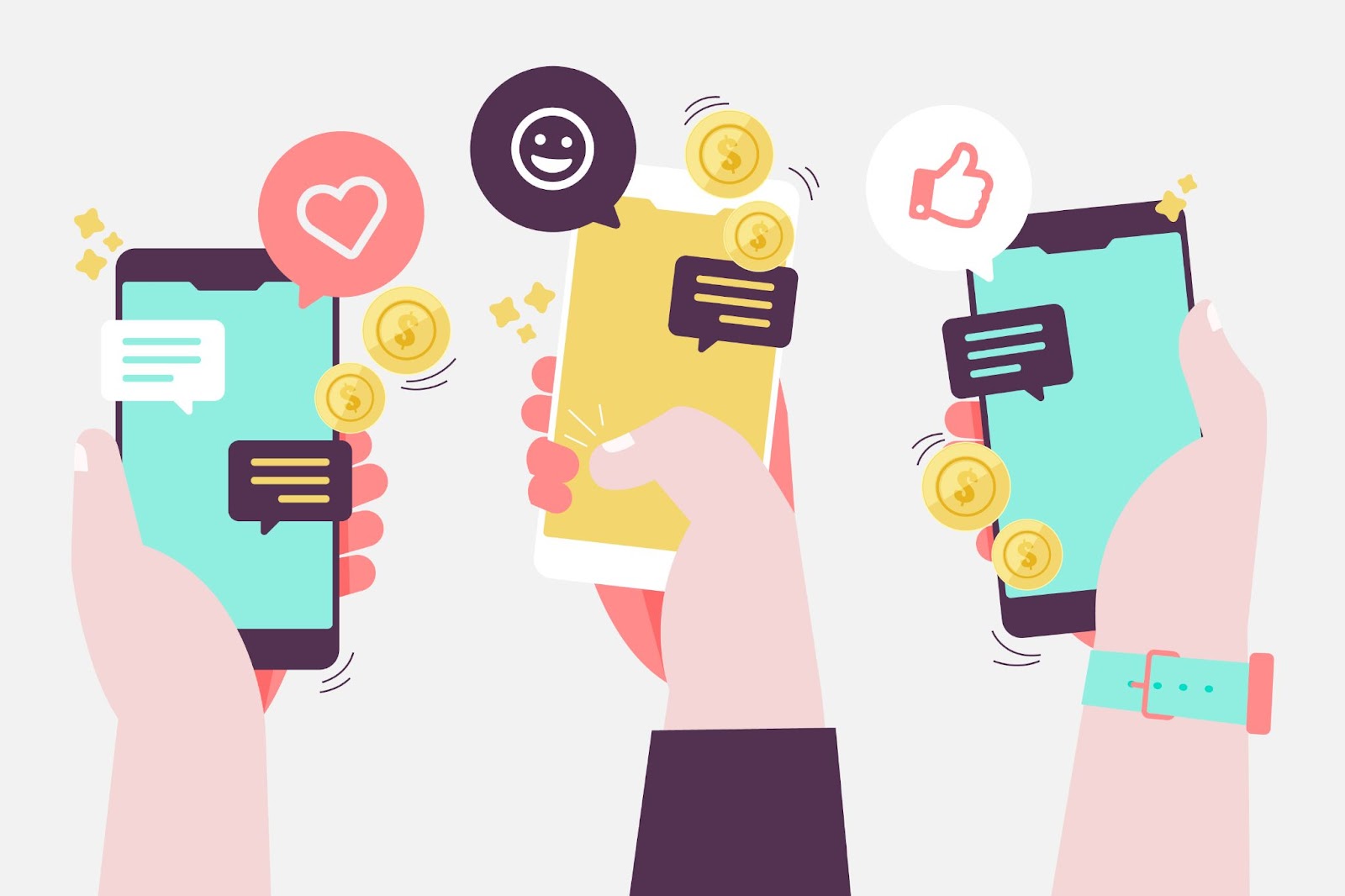
GIFs have become an essential tool in digital communication and web design, offering several advantages for engaging users effectively. Their ability to catch the eye, convey emotions, and simplify complex information makes them particularly valuable in enhancing user interactions on various platforms.
Visual Appeal and Attention Grabbing
GIFs are highly effective at grabbing users' attention due to their dynamic nature. Unlike static images, GIFs introduce motion on a web page, which can draw the eye more effectively and make certain elements stand out. This visual appeal is crucial for websites where capturing a visitor's interest quickly is essential to keep them engaged.
Whether it’s through subtle movements or more elaborate animations, GIFs can make key information or calls to action more noticeable and engaging, increasing the likelihood of user interaction and retention.
Conveying Emotions and Reactions
One of the unique strengths of GIFs is their ability to convey emotions and reactions in a way that text or static images cannot. They can express a range of emotions, from humor to surprise to empathy, making them an excellent tool for creating a more personable and relatable user experience.
This emotional connection can enhance user engagement by making interactions feel more human and responsive, especially in online communications where non-verbal cues are absent.
Simplifying Complex Ideas
GIFs can also play a significant role in simplifying complex ideas or processes into digestible visual narratives. For educational websites, tutorials, or product demonstrations, a GIF can illustrate a sequence of actions or changes more clearly than text descriptions alone.
This simplification helps users understand content more quickly and retain information more effectively.
Additionally, using GIFs to break down complicated concepts or instructions can make a website more accessible and user-friendly, appealing to a broader audience by catering to different learning styles.
Best Practices for Integrating GIFs in Web Design
Integrating GIFs into web design requires thoughtful consideration to ensure they enhance the user experience without detracting from website performance or accessibility. Here are some best practices for using GIFs effectively in web design.
Optimizing GIF Sizes for Speed
One of the critical concerns with GIFs is their impact on page load times and overall website speed. To mitigate this, it's essential to optimize GIF sizes. This can be achieved by:
- Reducing the physical dimensions of the GIFs to the smallest size necessary for their intended use.
- Limiting the color palette to decrease file size without significantly affecting image quality.
- Using simpler animations with fewer frames to reduce file size.
- Considering alternatives like CSS animations or SVGs for simpler animations to save bandwidth.
- Compressing GIFs using tools that reduce file size without losing much quality.
Balancing GIF Use with Page Aesthetics
While GIFs can be visually appealing, overusing them can make a webpage feel cluttered and overwhelming. To maintain a clean and professional look:
- Use GIFs purposefully and sparingly, ensuring each serves a clear function in guiding user experience or enhancing the content.
- Ensure that the style and color themes of GIFs are consistent with the overall design of the website.
- Place GIFs strategically so that they draw attention to the most important content or actions without competing for attention across the page.
Accessibility Considerations
GIFs pose several accessibility challenges, particularly for users with visual impairments or those who find animations distracting. To improve accessibility:
- Provide options to pause, stop, or hide animations, which is crucial for users who experience seizures or other adverse effects from moving images.
- Use alt text to describe the content and purpose of each GIF, ensuring that the information conveyed by the animation is also available in text form.
- Avoid animations that flash more than three times per second to prevent triggering photosensitive reactions.
Technical Considerations for Using GIFs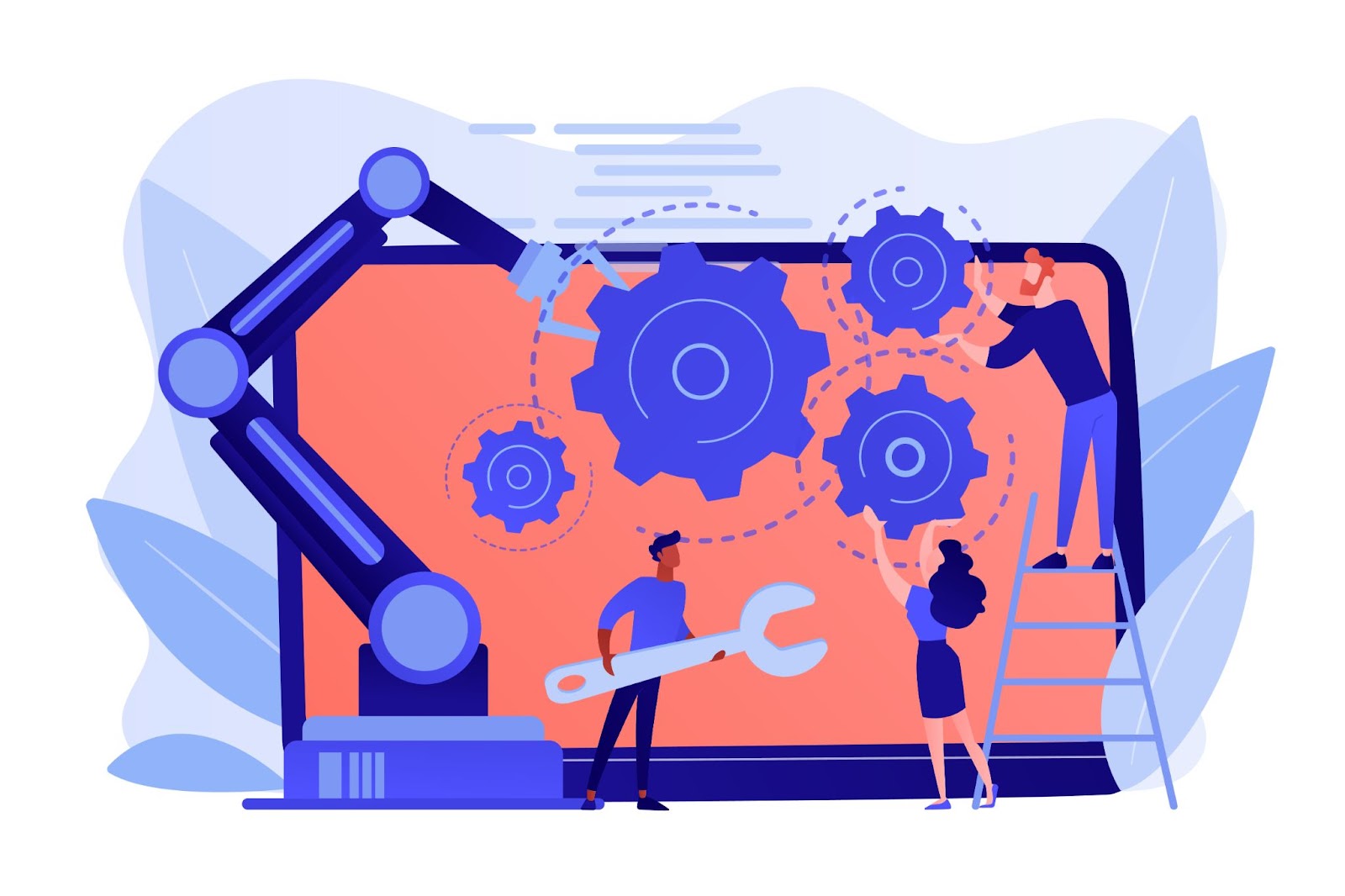
Effectively incorporating GIFs into web design involves understanding the technical considerations that ensure optimal performance and user experience. Choosing the right tools for creating GIFs and managing load times are critical components of this process.
Choosing the Right Tools for Creating GIFs
Selecting appropriate tools for creating GIFs is essential to achieve high-quality results. Several software options cater to different needs, ranging from simple GIF creators to advanced graphic design software.
For basic animations, tools like GIPHY Create or EZGIF offer user-friendly interfaces for quick edits and simple animations. For more complex or customized GIFs, software like Adobe Photoshop provides extensive editing capabilities, allowing for precise control over frames, timing, and output settings.
Choosing the right tool depends on the complexity of the GIF and the specific requirements of your web design project.
Managing Load Times and Performance
GIFs can significantly impact web performance, particularly if not optimized correctly. To manage load times effectively:
- Compress GIF files to reduce their size without compromising quality. Online tools like TinyPNG or GIF Compressor can help streamline this process.
- Consider lazy loading for GIFs, which delays loading of images until they are needed as the user scrolls, improving initial page load times.
- Use fewer frames and reduce color depth where possible to decrease file size.
- Evaluate the necessity of each GIF, ensuring it adds value to the content or user experience. Sometimes, simpler alternatives such as CSS animations or static images may be more appropriate and less resource-intensive.
Innovative Uses of GIFs in Web Design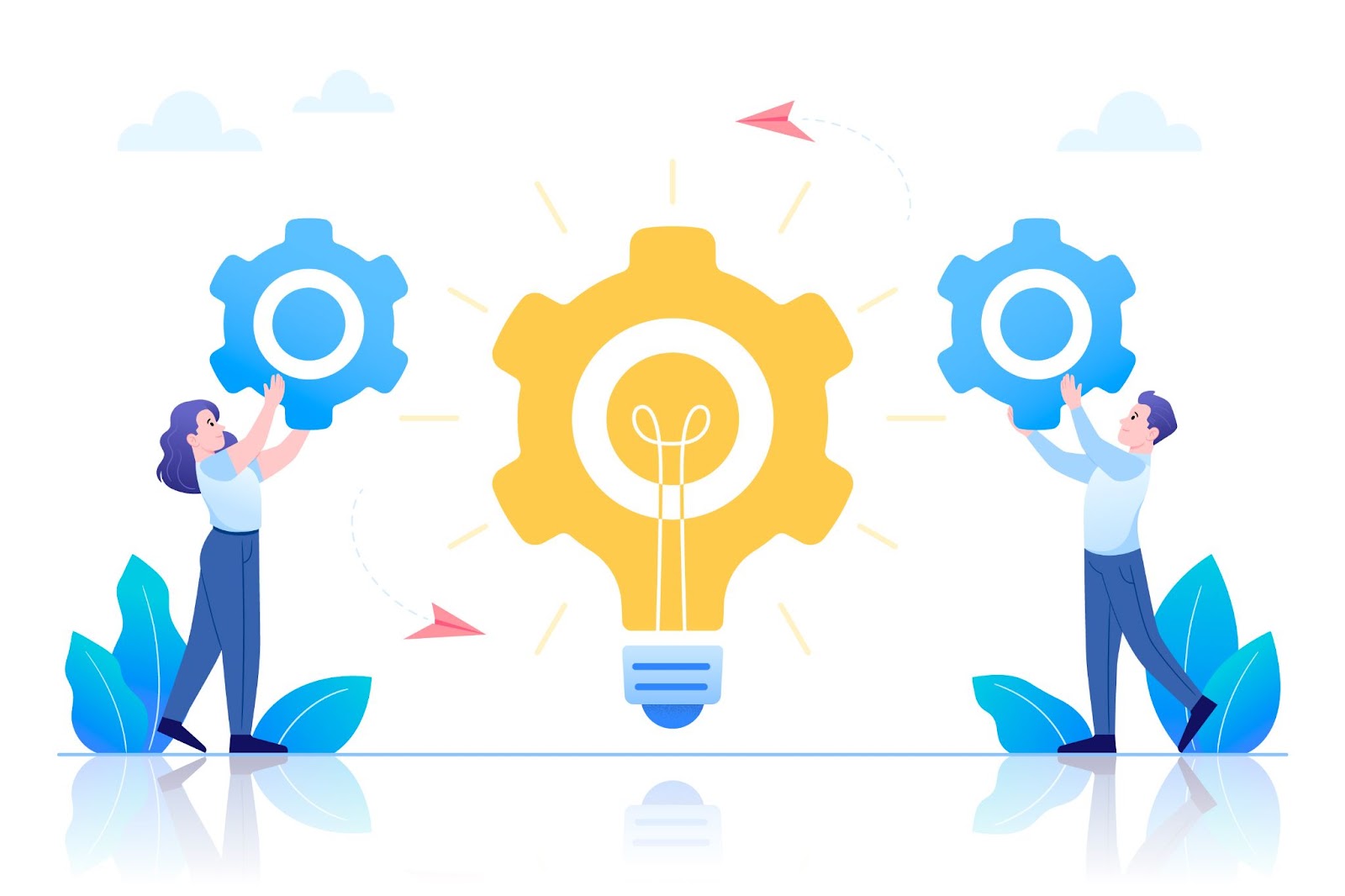
GIFs have evolved beyond simple animations to become significant elements in innovative web design, enhancing interactivity and visual appeal.
Interactive Elements
GIFs are excellent tools for creating interactive web elements that engage users more deeply. For instance, GIFs can be used in button animations to provide visual feedback when a user clicks, hovers, or performs other actions.
They can also animate icons that explain complex features in a simple and engaging way, thereby improving user understanding and interaction with the site.
Backgrounds and Animated Headers
Using GIFs as dynamic backgrounds or animated headers can dramatically increase a website's visual impact. An animated GIF background can convey a brand’s energy or ethos without the need for additional text or images.
Similarly, animated headers can capture attention immediately, setting a lively tone for the rest of the webpage.
These applications of GIFs create a memorable first impression, enhancing the aesthetic appeal and stickiness of a website.
Conclusion
In conclusion, GIFs play a significant role in modern web design by enhancing user engagement through dynamic and visually appealing content. This article has discussed the benefits of incorporating GIFs, such as capturing attention, conveying information succinctly, and adding personality to websites.
By following best practices for their use, designers can ensure that GIFs enhance rather than detract from the user experience. Implementing GIFs thoughtfully can lead to more interactive and engaging websites, ultimately improving user satisfaction and retention.
